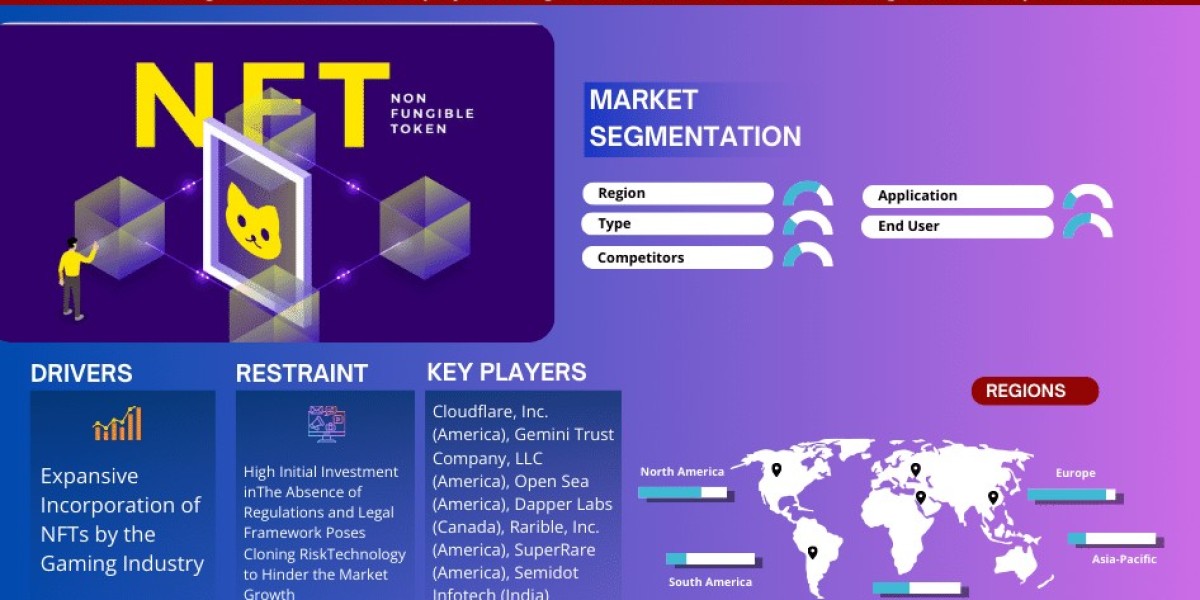Wireless Power Transmission: Energizing the Future Without Wires
Wireless power transmission (WPT) is transforming the way we think about delivering energy. By eliminating the need for physical connectors and cables, WPT promises a future where powering devices is more convenient, flexible, and safe—ushering in new possibilities for consumer electronics, electric vehicles, medical implants, and industrial automation.
What Is Wireless Power Transmission?
Wireless power transmission refers to the transfer of electrical energy from a power source to an electrical load without the use of physical conductors. This energy transfer typically occurs over short to medium distances using electromagnetic fields, such as inductive coupling, resonant inductive coupling, or radio frequency (RF) waves.
Key Methods of Wireless Power Transmission
1. Inductive Coupling
Utilizes magnetic fields generated between coils placed close to each other.
Commonly used in wireless charging pads for smartphones, electric toothbrushes, and wearables.
2. Resonant Inductive Coupling
Enhances inductive coupling by tuning both transmitter and receiver coils to the same resonant frequency, enabling more efficient power transfer over greater distances.
Used in electric vehicle wireless charging and some consumer electronics.
3. Radio Frequency (RF) Transmission
Converts electrical power into RF waves, which are transmitted and then converted back to electrical energy by a receiver antenna.
Suitable for low-power devices like IoT sensors and RFID tags over longer distances.
4. Laser or Microwave Transmission
Uses focused electromagnetic beams to transmit power over long distances in free space.
Applications include powering satellites or remote drones but require precise alignment and safety measures.
Advantages of Wireless Power Transmission
Convenience: Eliminates the hassle of cords and plugs, enabling seamless charging and power delivery.
Safety: Reduces risks associated with exposed connectors, cables, and electrical contacts.
Durability: Fewer mechanical parts prone to wear and tear, leading to longer device lifetimes.
Flexibility: Powers devices in inaccessible or hazardous environments where wiring is impractical.
Mobility: Supports continuous power for mobile or moving devices like electric vehicles and robots.
Applications Driving WPT Growth
Consumer Electronics: Wireless charging pads for smartphones, tablets, smartwatches, and earbuds.
Electric Vehicles (EVs): Wireless EV charging stations that enable convenient, cable-free recharging.
Medical Devices: Powering implantable devices such as pacemakers and neurostimulators without invasive wires.
Industrial Automation: Powering sensors and robots in factories, reducing downtime caused by cable management.
Internet of Things (IoT): Energy harvesting for wireless sensors and devices in smart homes and cities.
Market Trends and Outlook
The global wireless power transmission market is expected to grow at a CAGR of over 15% through 2030, driven by advancements in charging technologies and increasing adoption of EVs and IoT devices.
Major tech companies and automotive manufacturers are investing heavily in standardization and infrastructure development for wireless charging.
Emerging technologies focus on increasing transmission distance, efficiency, and safety.
Challenges and Considerations
Efficiency: Wireless power transfer is generally less efficient than wired, with energy losses increasing over distance.
Alignment Sensitivity: Inductive systems require precise positioning for optimal power transfer.
Safety and Health: Ensuring electromagnetic emissions are within safe limits is critical.
Standardization: Multiple competing standards (Qi, AirFuel) can slow market adoption.
Cost: Infrastructure and device costs are higher compared to traditional wired solutions.
The Future of Wireless Power Transmission
Research and innovation are pushing the boundaries of WPT with:
Long-Range Power Transfer: Techniques like beamforming and phased arrays for safe, efficient power delivery across rooms or open spaces.
Integration with Renewable Energy: Wireless charging combined with solar power and energy harvesting for sustainable solutions.
Smart Charging Ecosystems: Combining WPT with AI and IoT for optimized power management and user convenience.
Miniaturized and Flexible Devices: Enabling WPT in flexible electronics and wearable devices.
Conclusion
Wireless power transmission stands as a cornerstone technology in the push towards a more connected, mobile, and convenient future. As efficiency improves and standards mature, WPT will increasingly replace traditional power cords, unlocking new use cases and enabling innovations across industries.
Read More
| Wearable Digital Walkie Talkie Market |
| High Intensity Discharge Lamps Market |
| Robot Teach Pendant Market |
| Wi-Fi Based Smart Locks Market |
| Wind Turbine Condition Monitoring Market |






